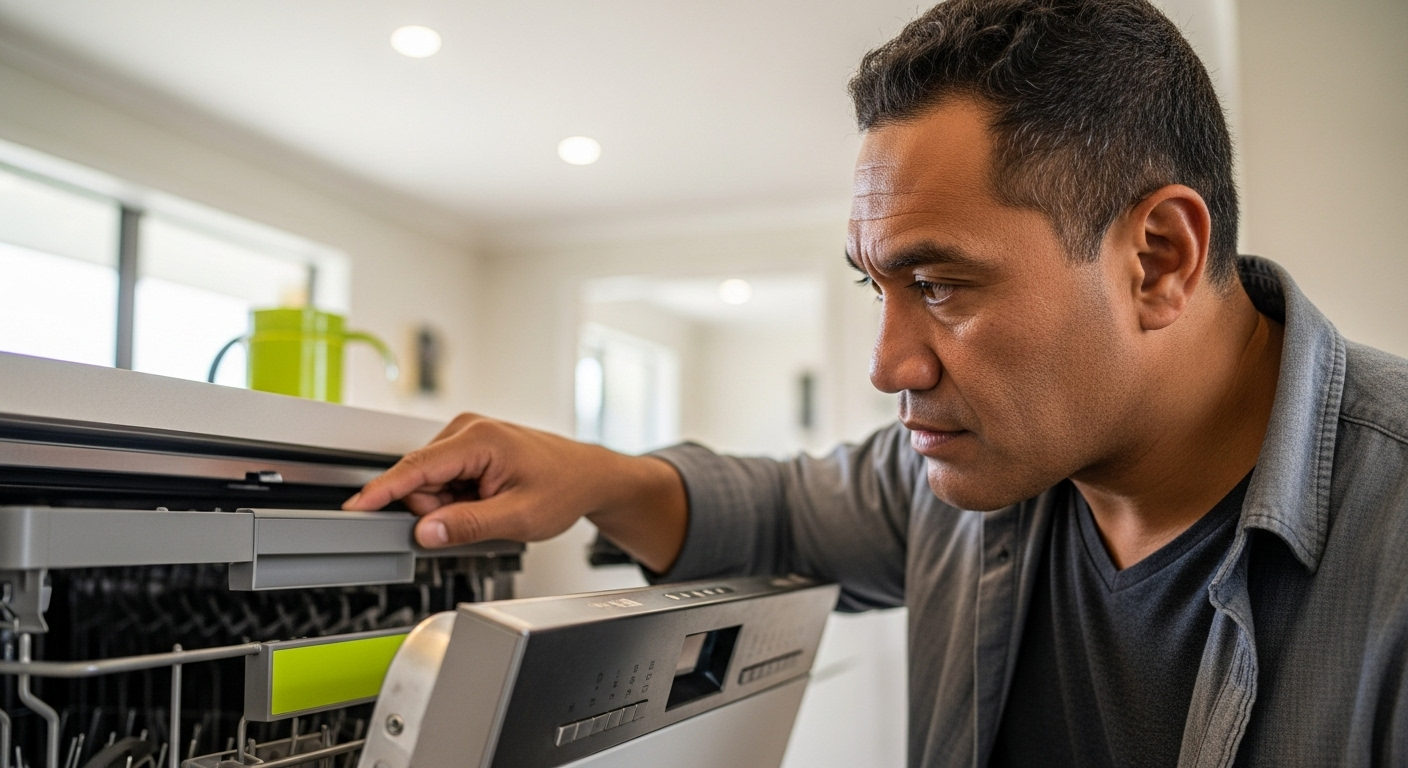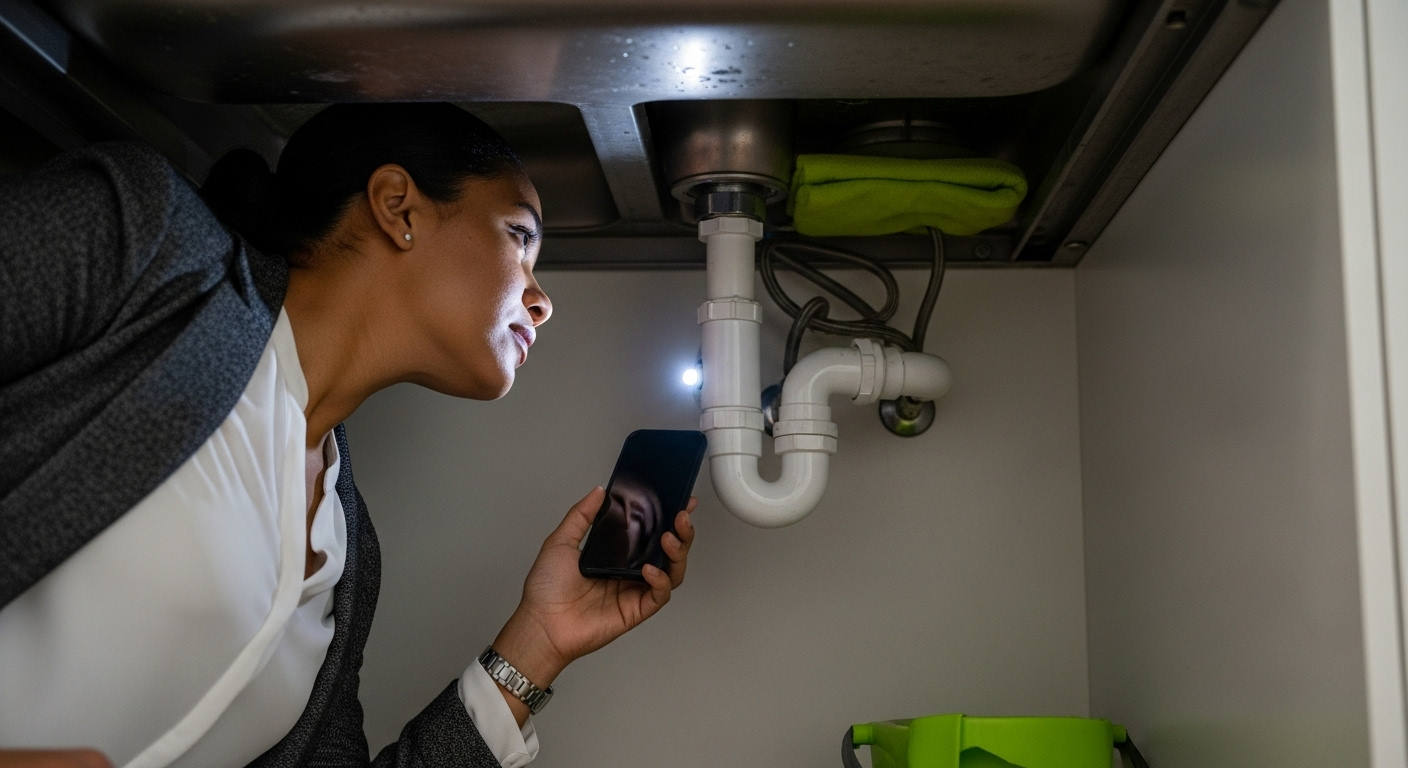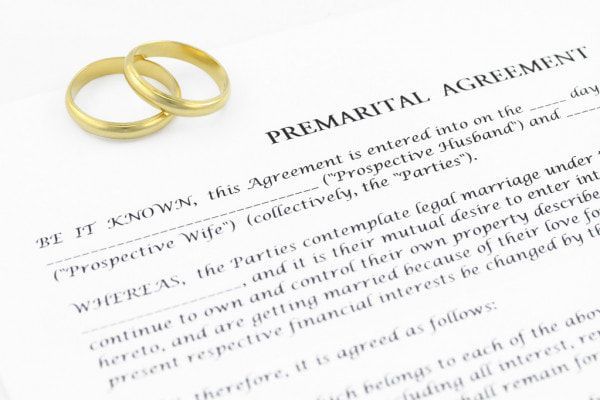The Pre-Settlement Inspection Checklist: 5 Critical Things to Look For
Your Pre-Settlement Inspection Checklist: A Buyer's Guide to a Smooth Settlement Day
Key Takeaways
- The pre-settlement inspection is your final opportunity to check the property and ensure everything is in order before you take legal ownership.
- Your Sale and Purchase Agreement is the guiding document; it specifies which chattels must be present and in working order on settlement day.
- It's crucial to check for new damage, ensure all rubbish is removed, and verify that any contractually agreed-upon repairs have been completed.
- Timing is key; aim to conduct your inspection a few days before the settlement date to allow time to address any issues that may arise.
- If you find an issue, you must contact your lawyer or conveyancer immediately to discuss your options before settlement.
Buying a property is an exciting milestone. You’ve navigated the listings, attended open homes, secured finance, and signed the agreement. As settlement day approaches, there’s one final, critical step that stands between you and the keys to your new home: the pre-settlement inspection.
This isn't just a formality. It’s your last chance as a buyer to ensure the property you’re about to own is in the state you agreed to buy it in. This final walk-through is an essential safeguard that protects your investment and prevents last-minute surprises.
While there's no official statistic on how many issues are found during pre-settlement inspections, anecdotally, they are a common source of last-minute disputes. This is why a thorough check is so important. Think of this article as your personal checklist, designed to empower you to conduct your final inspection with confidence.
What is a Pre-Settlement Inspection?
A pre-settlement inspection is your contractually-given right to visit the property one last time before the final payment is made and ownership is transferred to you. Its purpose is to confirm that the property and any included items (chattels) are in the same condition they were in when you signed the sale and purchase agreement, fair wear and tear excepted.
This is not an opportunity to conduct a full building inspection or renegotiate the purchase price based on issues you were already aware of. It’s a check to ensure the seller has upheld their end of the bargain.
Timing is everything. The inspection itself should happen as close to the settlement day as practical. We usually suggest doing the final inspection at least 48-72 hours before settlement. This gives just enough time for your lawyer to rectify the situation if an issue is discovered, without causing undue delays.
_Disclaimer: This article provides general information and is not a substitute for professional legal advice. Every property transaction is unique, and we strongly recommend you contact your lawyer to discuss your specific circumstances.
Your 5-Point Pre-Settlement Inspection Checklist
To make the process less daunting, we’ve broken it down into five critical areas to focus on. Take a copy of your Sale and Purchase Agreement with you, and let’s get started.

1. Verify All Chattels are Present and Working
First things first: what are chattels? These are movable items included in the sale that aren't part of the house structure itself. Your Sale and Purchase Agreement will have a specific list of chattels included in the sale. Common examples include the oven, dishwasher, curtains, blinds, fixed floor coverings, and the heat pump.
Your job during the inspection is twofold:
- Check that every chattel on the list is still there.
- Check that they are in "working order".
The standard agreement is very clear on this. Clause 7.2 (1) of the agreement provides that at settlement all chattels (ovens, cook tops, dishwashers ), any systems or devices that provide services or amenities (heating, cooling, security ) are in the condition they are in when the agreement is entered into but must be in “working condition.
This means you need to physically test them. Turn on the oven and all the hobs. Run a quick cycle on the dishwasher. Switch the heat pump to both heating and cooling. Check all the garage door remotes and security alarm codes are accounted for. A common mistake we observe is a buyer assuming everything works, only to discover a faulty appliance after they’ve moved in, when it’s much harder to resolve.

2. Test Essential Systems: Plumbing, Electrical, and More
Beyond the chattels listed in the agreement, you also need to check the property’s core systems. These are fundamental to the functioning of the house and must also be in the same condition as when you signed the agreement.
During your inspection, be methodical:
- Plumbing: Turn on every tap, both hot and cold. Check for good pressure. While they're running, look under the sinks for any drips or leaks. Flush all the toilets to ensure they fill correctly and don't continue to run.
- Electrical: Flick every light switch on and off. A great tip is to bring your phone charger and plug it into every power point to make sure they are all live. Don’t forget extractor fans in the kitchen and bathrooms.
- Other Systems: If there’s a security alarm, make sure you have the codes and that it works. Test the heated towel rails, waste disposal unit, and any integrated ventilation systems.
Finding a leaky tap or a dead power point at this stage is an issue the seller is generally obligated to fix before settlement day unless it was an issue you were previously aware of by way of your building report or disclosure from the real estate agent or the vendor.
3. Check for New Damage
Moving house is a chaotic process, and unfortunately, accidents can happen. The seller or their movers might have inadvertently caused new damage to the property since you last saw it. This is precisely what the pre-settlement inspection is designed to catch.
Walk through every room, and this time, specifically look for new issues that weren’t there when the agreement was signed. Pay close attention to:
- Scratches, dents, or gouges in the floors and walls.
- Cracks in windows or mirrors.
- Damage to door frames or kitchen benchtops.
It's important to be clear: this inspection is not an opportunity to raise issues that would have been found in a building report, like old roof damage or pre-existing foundation cracks. This check is only for damage that has occurred since the contract was signed. If you spot something new, document it with a photo and inform your lawyer immediately.
4. Ensure the Property is Clear and Clean
The seller has an obligation to remove all of their possessions that are not included as part of the sale. This also includes all their rubbish.
Be thorough. Look in every corner of the property. Check the garden shed, the attic, under the house, and inside all the cupboards and wardrobes. We’ve seen cases where sellers have left behind old tins of paint, broken furniture in the garage, or a pile of green waste in the garden. The cost of removing this can become the buyer’s problem if not addressed before settlement.
What about cleanliness? The standard agreement usually requires the property to be left in a "reasonably clean and tidy condition". This is subjective and doesn't typically mean a professional deep clean. It means the benches should be wiped, floors vacuumed, and no significant mess or rubbish left behind. If the property is tenanted, this step is particularly vital to ensure the previous occupants moved out completely and took all their belongings with them.
5. Confirm Agreed-Upon Repairs are Complete
Sometimes, a sale and purchase agreement is made conditional upon the seller completing specific repairs or maintenance before settlement. For example, you might have agreed to the purchase on the condition that the seller fixes a broken window latch or arranges for a leaking pipe to be repaired.
Your pre-settlement inspection is the time to verify this work has been done. Bring a list of the agreed-upon repairs to the property. Check that the work has not only been done, but completed to a reasonable standard. If the seller has receipts or producer statements from the tradespeople who did the repairs to the property, it’s a good idea to ask for copies as proof of the work being completed.
If you find the repairs haven't been done or are not up to scratch, this is an issue to raise with your lawyer before settlement.
I've Found an Issue During My Inspection. What Now?
The first and most important thing to do is contact your lawyer or conveyancer immediately. Do not wait until settlement day. Time is of the essence, and you need to let your legal representative know about the problem while there is still time to find a solution.
When you raise an issue, your lawyer will formally notify the vendor’s lawyer. From there, a few things can happen:
- The seller fixes the issue: The seller might arrange to fix the damage or replace the faulty chattel before settlement proceeds.
- A price reduction is negotiated: You and the seller may agree that the cost of fixing the issue can be deducted from the final payment. This means you would take a reduction in the purchase price and manage the repair yourself after settlement.
- Funds are held back: In some disputes, your lawyer may arrange for a portion of the purchase price to be held in their trust account. These funds are only released to the vendor once the issue has been resolved to everyone’s satisfaction.
Whatever the problem, the key is to communicate it early. Your lawyer will work on your behalf to outline your options and can negotiate a fair outcome. Trying to resolve issues after settlement is far more complicated and often less successful.
The pre-settlement inspection is your final piece of due diligence and a powerful tool for ensuring a smooth handover. It protects you, the buyer, and makes sure you get what you paid for. And that’s where we come in. At DK Legal Limited one of our biggest focuses is helping every day New Zealanders through the property law process and ensuring nothing is left to chance from the first offer to the final inspection.
If you're buying a property and need guidance on your sale and purchase agreement or planning for settlement day, don't hesitate to get in touch. Contact our friendly team today for expert, down-to-earth legal advice.











